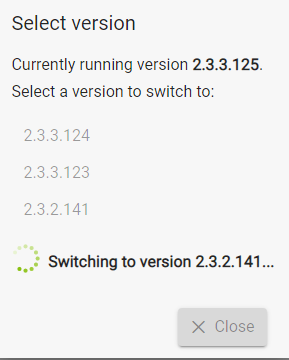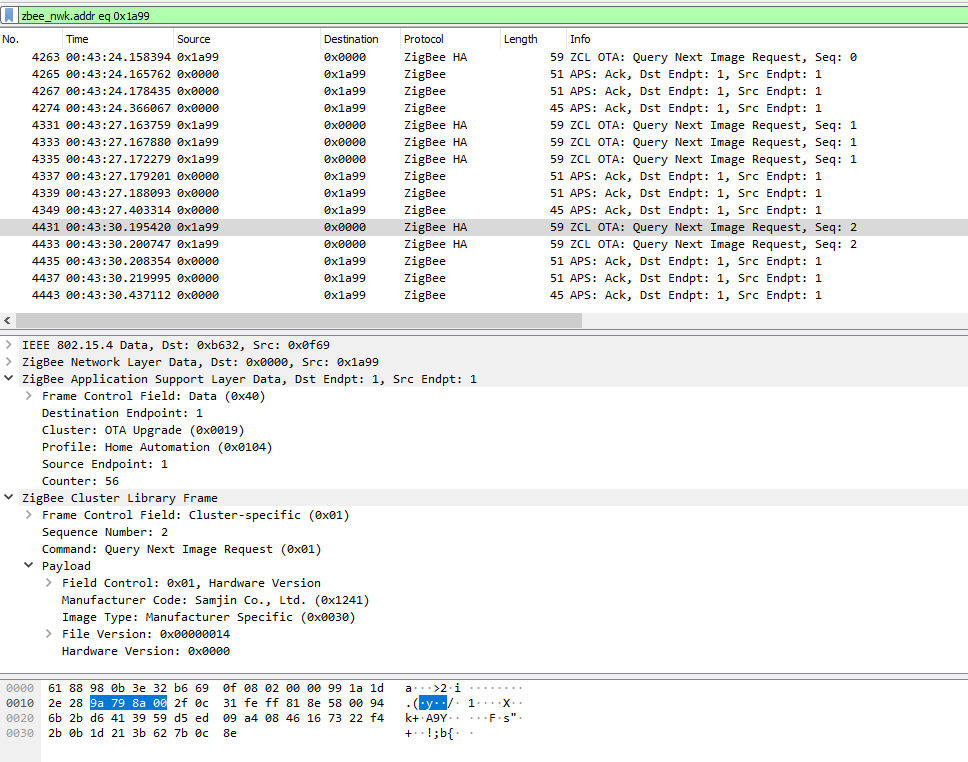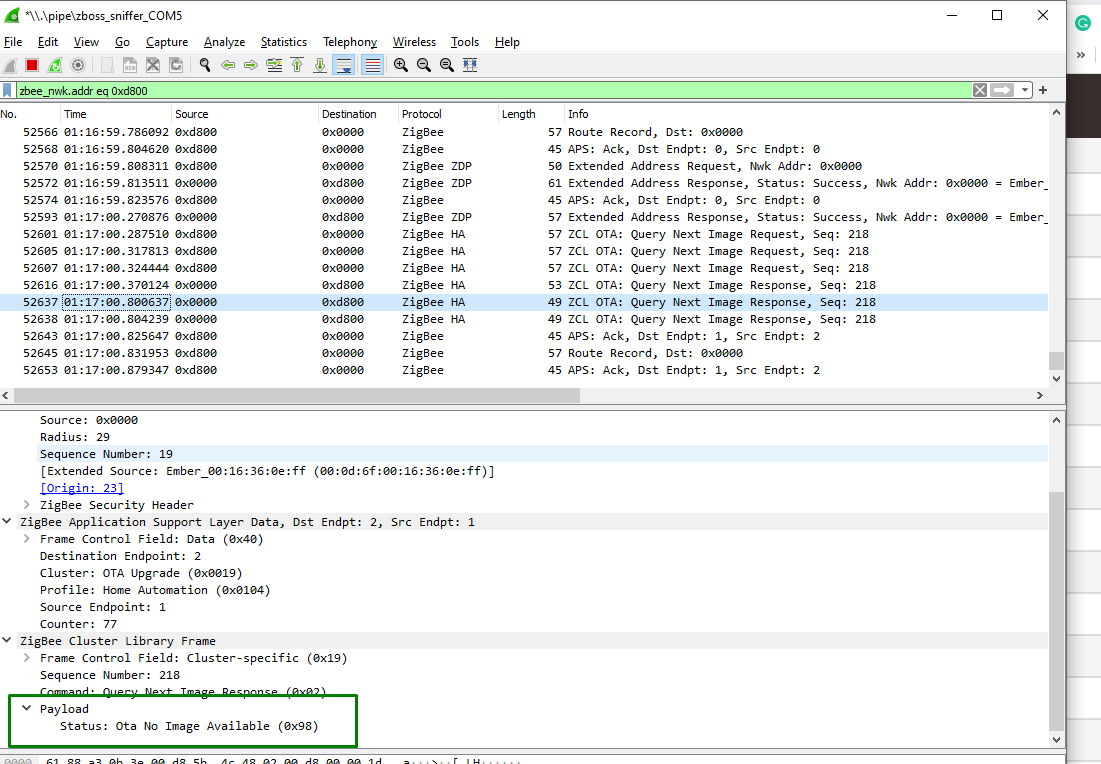I have restored my Zniffer setup, let me know if WireShark CAP files can be of any help...
What I see is that the devices are sending Command: Query Next Image Request (0x01), then HE just acknowledges the command, then the device sends the next ZCL OTA: Query Next Image Request , increasing the sequence number, again only acknowledge from HE, repeated 5 times until the next cycle of Match descriptor request broadcast from the device and next 5 OTA requests.

Seems like this is the difference compared to 2.3.3.xxx :



